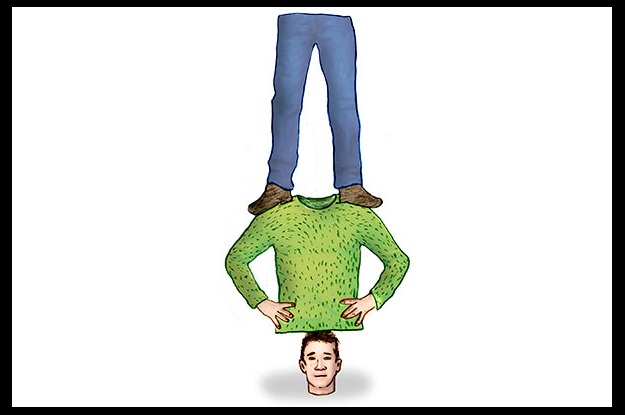
During development in animals, the Hox gene family directs the formation of segment-specific anatomy along the head-to-tail axis. The genes are responsible for putting the head, thorax, abdomen, and other body parts in the right places. Surprisingly, all Hox proteins bind with high affinity to very similar stretches of DNA, which begs the question: how can Hox proteins find and activate their target genes if all binding sequences look essentially the same? Janelia Group Leader David Stern recently revealed the answer to this long-standing paradox.
Stern’s team, in collaboration with Richard Mann’s lab at Columbia University Medical Center, figured out that Hox proteins activate genes via weak interactions at previously unrecognized DNA binding sites. The scientists discovered this by showing that a Hox protein called Ubx controls expression of a gene called shavenbaby by binding weakly to two enhancer regions on DNA near the gene. These low-affinity binding sites conferred shavenbaby’s specificity for Ubx over other Hox proteins.
The findings, published January 15, 2015, in Cell, explain why scientists have been unable to predict where Hox proteins bind to DNA simply by looking at its sequence. “They’re not regulating genes by binding to the sites that everybody thought they were – they’re binding to these sites that don’t look like good Hox binding sites,” explains Stern.
